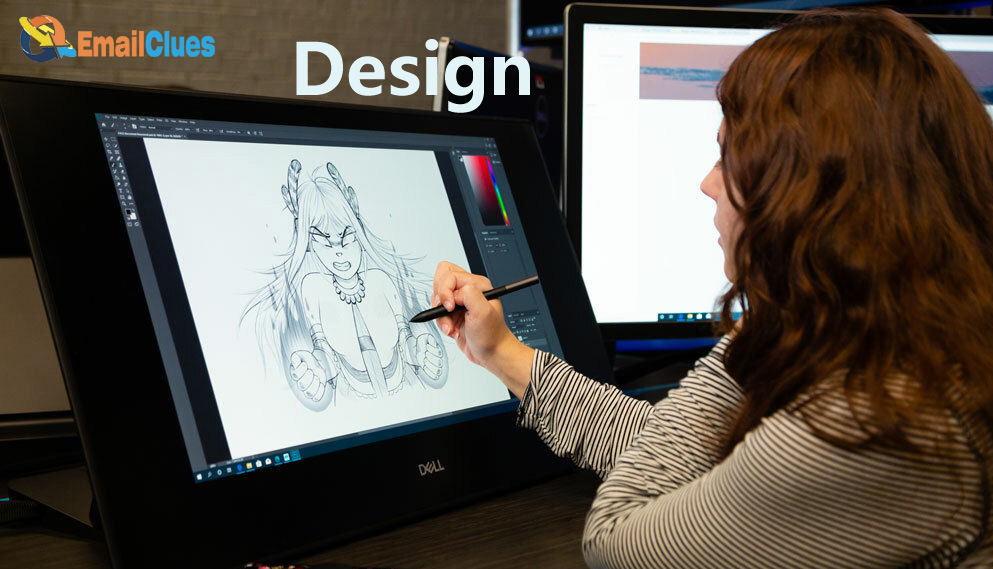Being Game Designer and Developer? First step in Design Process

The game development or designing process can be broken down into five stages that are common across all types of games, whether you’re developing console games or educational video games. The five stages include the idea generation stage, the planning stage, the prototyping stage, the production stage and the testing stage. These stages of game development are not necessarily followed in this order, as it often makes sense to do multiple iterations of each stage before moving on to the next one, or to jump back and forth between two steps if necessary to hone your product.

Developing games isn’t just about writing code or drawing pictures, though those tasks make up most of the work that goes into creating games. If you want to truly understand game development, you must also know about game design, which involves creating and following a plan for how the game will function and look from start to finish, as well as managing the team of designers and artists who will help you turn your vision into reality. While there’s no one-size-fits-all process when it comes to developing games, this guide outlines five key stages of game development that should apply to all projects.
Process of game development?
The Five Stages of Game Development
Steps in game design? Starting with game development? Skills needed in Game Design?
The game development process can be broken down into five different stages. If you’re going to develop your own games, it’s important to know each of these stages so you can make sure you allocate enough time to each phase and have the resources necessary to complete your project. The five stages of game development are brainstorming, planning, designing, developing, and testing and evaluating.
Stage 1: Design

The first stage in game development is design. This is when the gaming software is created and the steps in game development are planned out. This stage can take anywhere from a few weeks to a few months, depending on the complexity of the game. It’s important for designers to have as much feedback as possible during this phase, which is why most games undergo some form of beta testing before being released into the world.
, How do I code a game? Skills needed in Coding a Game?
Programming Phase III of Prototyping stage consists of Coding a game.

In the programming phase of coding a game you would require knowledge of any of the programming languages such as HTML, Java, JavaScript, C++, Python etc.
You can also consider simple game-making softwares, such as MIT App Inventor or Game Salad for mobile games or forr browser games Scratch, or the more serious version Snap! For adventure games, you can discover Visionaire.
If you want a drag-and-drop program with the option to delve into coding as well, try the free version of GameMaker.
Stage 2: Prototyping

The first step in game development is coming up with an idea. Once you have an idea, it’s time to start prototyping. This is the stage where you create a basic version of your game to test out your concept. Gaming software makes it easy to create prototypes quickly and efficiently. The next three stages are all about taking your prototype and turning it into a full fledged game.
For example, Stage 3: GDD Phase (Game Design Document) is where you take what you’ve learned from your prototype and come up with a more detailed design for the game. In this phase, you flesh out your concepts, add levels and obstacles, develop rules and goals, etc. In addition to that, Level Design Phase II is when you actually go through each level on paper or digitally drawing them out by hand or using CAD software like SketchUp or AutoCAD. Third stage, you map out every detail of your levels so that they are ready to be programmed into the game. Finally, Programming Phase III is where you program everything together based on what you drew out in the previous two phases.
Stage 3: Production

This is the stage where the gaming software is created. All the steps in game development come together to create a working game. This stage can be divided into sub-stages, such as pre-production, production, and post production. Pre-production is when the game’s concept is created and the team is assembled. Production is when the actual game is made. And post-production is when any final touches are added and the game is released. Video games require a lot of time and effort, but without all these stages it would not be possible for us to enjoy them!
Stage 4: Marketing

Marketing your game is all about getting the word out to potential players and letting them know what your game is all about. This can be done through social media, online ads, or even just talking to people in person. The important thing is to get people interested in your game so they’ll want to play it. You also need to think about how you’re going to keep their attention once they’ve played it. One way is by making updates that will make gameplay more interesting, but these updates need to be released at a regular pace or else you’ll lose interest among your players.
Stage 5: Feedback
The final stage in game development is feedback. This is when you take your game and show it to others, whether it’s friends, family, or strangers. You want to get people’s honest opinions on what works and what doesn’t. Then, it’s time to make changes based on that feedback.
Is game development easy? Can a single person develop a game?
Game development is as difficult as developing any other software. However, by applying your knowledge and skills, keeping your long-term goals in mind, considerating added competition and the need to be constantly fresh and relevant, one can efficiently develop and design a Game.
Yes, a single person can successfully develop a game if he/she has sufficient knowledge and skills of developing a game. Several high-quality games have been developed by just one person.








